DOCUMENTARIES
THE HIDDEN DISEASE
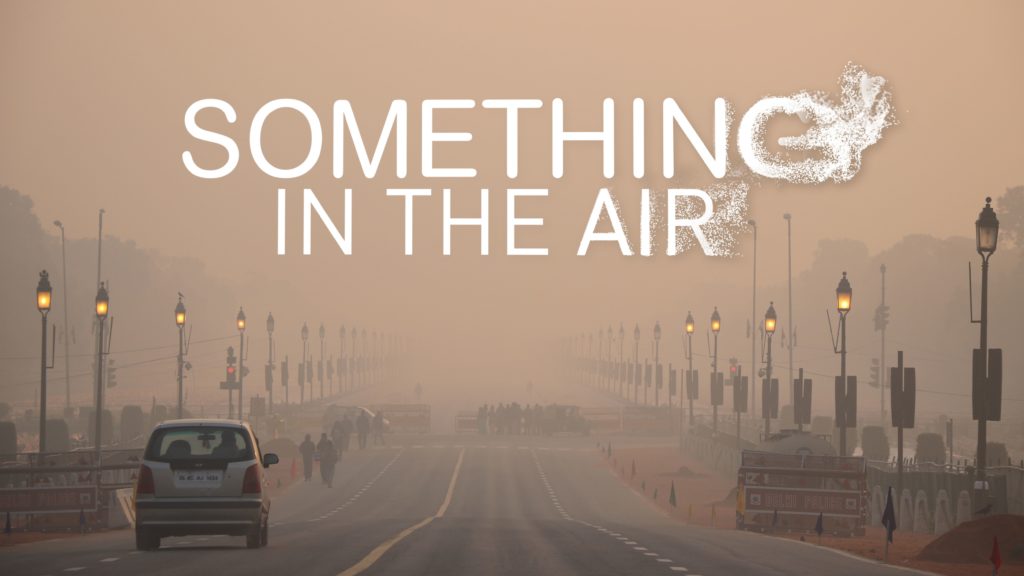

It’s really necessary to get an up to date view on the current condition of air quality throughout this planet. We all have come to this realization that the air quality in megacities is worsening and we are seeing the dire consequences of our actions. But what do we need to do in order to sustain in these cities? Can it be achieved through educating ourselves as to what is exactly is doing the damage to our immune systems especially in cities where it difficult to contain? It is a full commitment for us to change our ways to reduce the harm of air pollution especially when it sometimes not even visible to the naked eye. Director Leif Kaldor’s documentary Something In The Air now streaming online on CBC Gem is the rude awakening that we need to advocate policies that will improve air quality. FERNTV caught up with Winnipeg filmmaker Leif Kaldor to examine this issue further because we really can’t treat air quality as something that is up in the air.
FERNTV: Tell us here on FERNTV how you became interested in air pollution and being inspired to make this documentary Something In the Air?
Leif: We became interested because our office was on a very busy corner with idling traffic on both sides, and for years we wondered about air pollution, but had no idea. Then we started to see the articles on new science, the effects of air pollution and wanted to dig deeper. There was a lot there, enough certainly for a documentary. And now we’re really glad we moved.
FERNTV: What was the decision-making process like when it came to choosing the cities that you wanted to cover?
Leif: Delhi during Dilawi has the worst air in the world, and we knew it was in the news a lot, so that seemed like a great place to start. Even with our homework, it was a real eye-opener. The air is bad, even when it looks fine on clear days. And then the people who sit on the street selling to cars at red lights was really frightening, knowing what that extreme level of particulates and gasses does to the body. The rest was really focused on finding a few cities with issues – London and Toronto and LA – and active research so we could do more inside the cities.
FERNTV: You are a filmmaker from Winnipeg so are you able to explain why you did not do more coverage on your home town or are the stats from the city of Winnipeg not alarming enough?
Leif: Winnipeg has hot spots, but overall pretty much good air. And there wasn’t any ongoing research, so other than living here it didn’t really fit into the show. But we’re still glad we moved our offices.
FERNTV: What alarmed you the most when you did your research for this documentary?
Leif: That these incredibly small nano-particles, called ultrafine particulates, can get into your brain. Your brain accumulates metals from breathing in traffic fumes and actually shrinks in proportion to how much you breathe in. Dementia patients brains can be 1/3 smaller than regular brains, which gives a context to what’s happening, and why adding to that risk is terrifying.
FERNTV: What was the most challenging aspect of this project?
Leif: It’s air! How do you show air, and invisible, micro particulates, and gasses? Getting the health issues across was another challenge, it’s dense science and making it accessible and still accurate is always difficult. Air pollution is “A complex soup” of gasses, particulates, pollen, dust and anything else floating around. How to focus on what’s new and not lose the audience is always challenging.
FERNTV: Do you see more apps in the future that will show you the number of particles you have been absorbed to in your commute and do you think that these will be integrated into Uber, Lyft and Wayz.
Leif: It’s already started. Google is already tracking air pollution in some places with their Google mapping cars. In Houston Texas there is an active program with several cars driving around all day, mapping the air and giving real-time data on where is bad, and when, and not. So that’s coming, it just takes the money and public will. But we have to go in that direction, every street and time of day has different pollution levels.
FERNTV: Do you see a dystopian future where we will be paying for air just like water?
Leif: Funny you should ask that. Our main interview in Delhi, Dr. Kumar sees cars with built-in air coming in the future. I hope it doesn’t get that bad here, but if public perception gets as high as mine is now, or any of the researchers we worked with, that would be a no brainer for luxury cars. Clean air.
FERNTV: What is it like to work with David Suzuki on this project?
Leif: David is always a treat. We have worked with him on several The Nature of Things documentaries. He does go over the script in its final state, even after all the vetting we do, and the team at CBC does for accuracy, and if there’s something he thinks isn’t right, he’ll ask and make sure.
-



 BIPOC4 months ago
BIPOC4 months agoThe Boy and the Heron @TIFF 2023
-



 TIFF 20238 months ago
TIFF 20238 months agoViggo Mortensen in The Dead Don’t Hurt @TIFF2023
-



 ACTORS/ACTRESSES2 months ago
ACTORS/ACTRESSES2 months agoAn Exciting Conversation with Sydney Sweeney @SXSW 2024
-

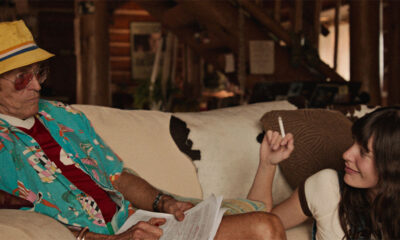

 Uncategorized8 months ago
Uncategorized8 months agoWillem Dafoe in Gonzo Girl @TIFF 2023
-

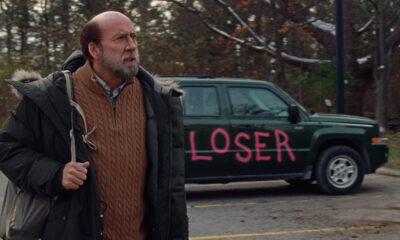

 TIFF 20238 months ago
TIFF 20238 months agoNicolas Cage in Dream Scenario @TIFF 2023
-



 ACTORS/ACTRESSES3 months ago
ACTORS/ACTRESSES3 months agoThe Exciting 96th Oscar Nominations Announced
-



 Uncategorized9 months ago
Uncategorized9 months agoSly to close TIFF2023
-

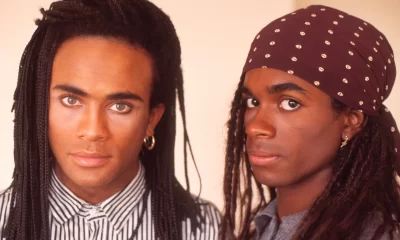

 TRIBECA 202311 months ago
TRIBECA 202311 months agoMilli Vanilli @ Tribeca Film Festival 2023


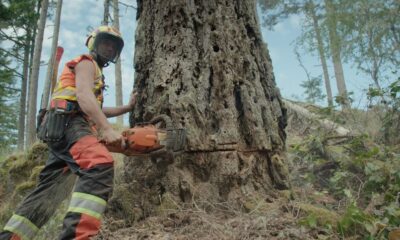

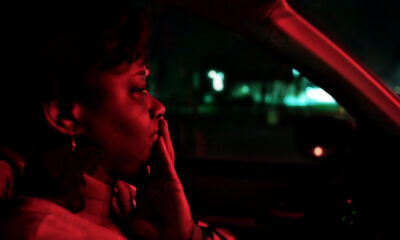

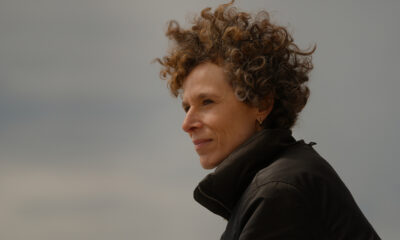

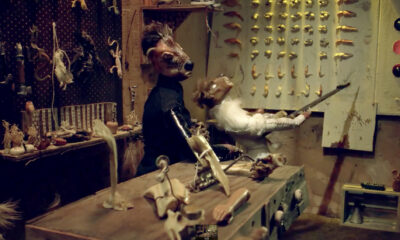






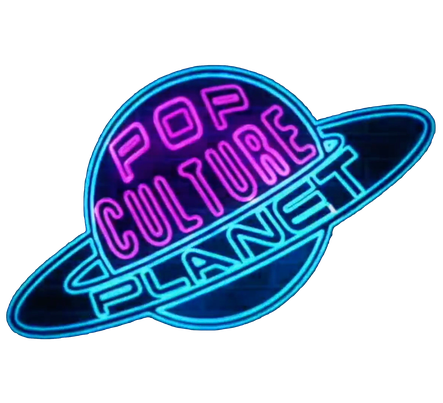
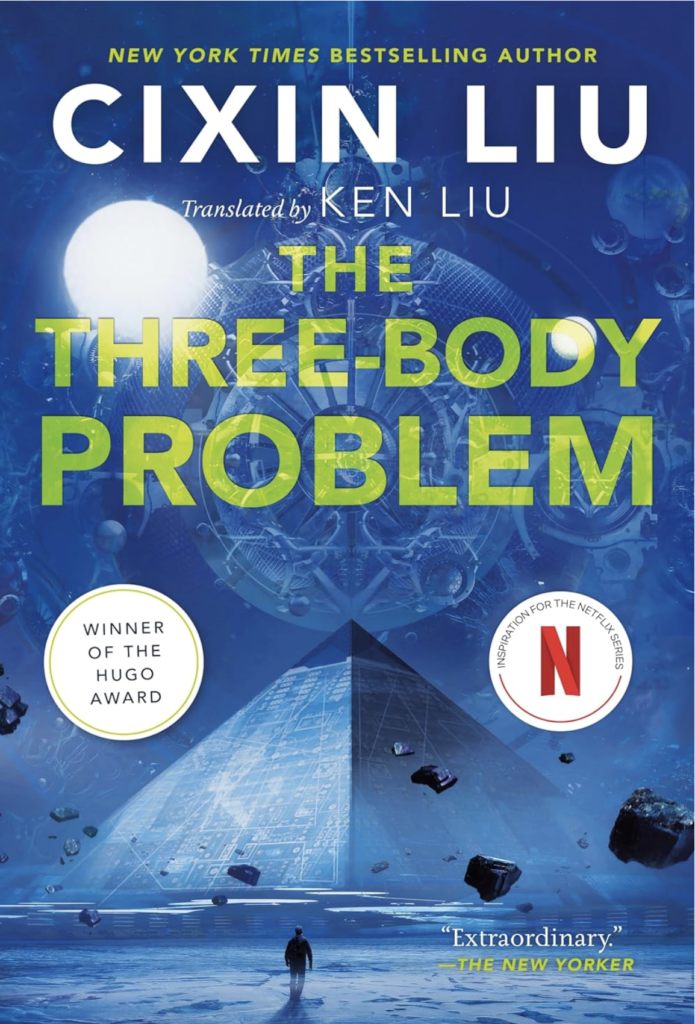
Pingback: 5 Simple Steps To Creating Growth With A Gaming Website